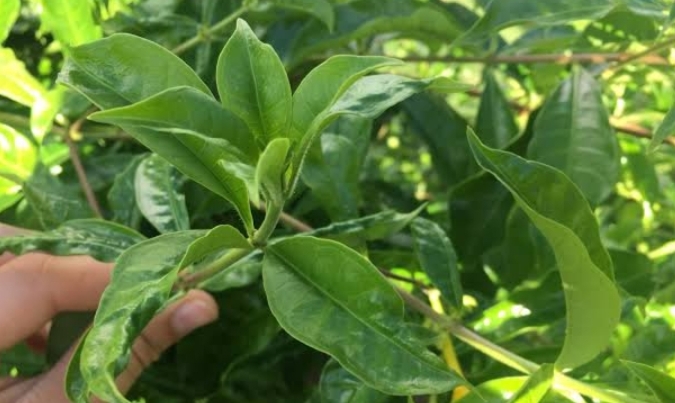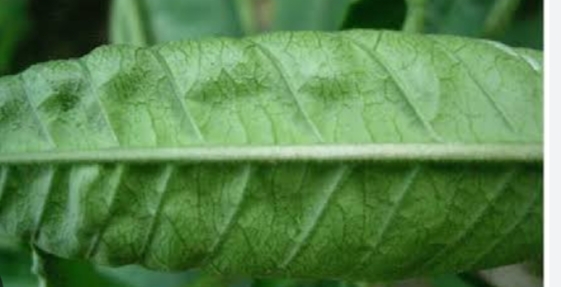Mini Allamanda Plant
Mini Allamanda, a compact variety of Allamanda, may have care requirements similar to other Allamanda plants. Plant in well-draining soil with full sun exposure. Water consistently and deadhead spent flowers for continuous blooming. Pruning helps maintain a tidy appearance.
Habit
Shrub
Height
1 to 1.5 m
Growth
Fast
Soil
Well-drained, Loamy
Shade
Full Sun
Moisture
Moist
Edible
No
Medicinal
No
Origin
Central America
Climatic Condition
Tropical, Subtropical
Temperature (°)
20°C to 30°C
Humidity (%)
60% to 80%
Potting media
50% Loam, 40% Sand, 10% Organic Matter
Fertilizers
Organic Fertilizer
Watering
Regular watering
Plant Weight
0.3 to 0.5 kg
Flowering Time
Spring to Summer
Soil Ph level
6.0 to 7.5
Water Ph level
6.0 to 7.0
Soil EC
0.6 to 1.0 mS/cm
Yield Per Plant
2 to 3 kg per plant
NPK ratio
10:10:10
life Span
2 to 3 years
Health Benefits
Ornamental, Fragrance
Suggested Grow Media or Potting Mix ?
50% loamy soil, 30% compost, 20% sand
Suggested Fertigation/Fertilizers
Fertilize every 2-3 weeks with a balanced fertilizer.
Common Diseases and Remedies
Allamanda mosaic
Leaves are curl and yellowing , stunting growth
keep the trap to control vectors .
HEALTH BENEFITS
- Contains antibacterial and antifungal properties.
- Used in traditional medicine for treating skin infections.
May have mild laxative effects.
What Is An Mini Allamanda ?
Mini Allamanda, also known as Allamanda catartica "compacta", is a small variety of Allamanda native to South America. It is a tropical evergreen shrub with glossy dark green leaves and bright yellow trumpet-shaped flowers. It is popular as an ornamental and is often used in gardens, landscapes, and as potted plants. To grow, it requires well-drained soil, plenty of sunlight, and regular watering. However, it is important to note that all parts of the plant are toxic if ingested. Therefore, please keep it out of reach of pets and small children.
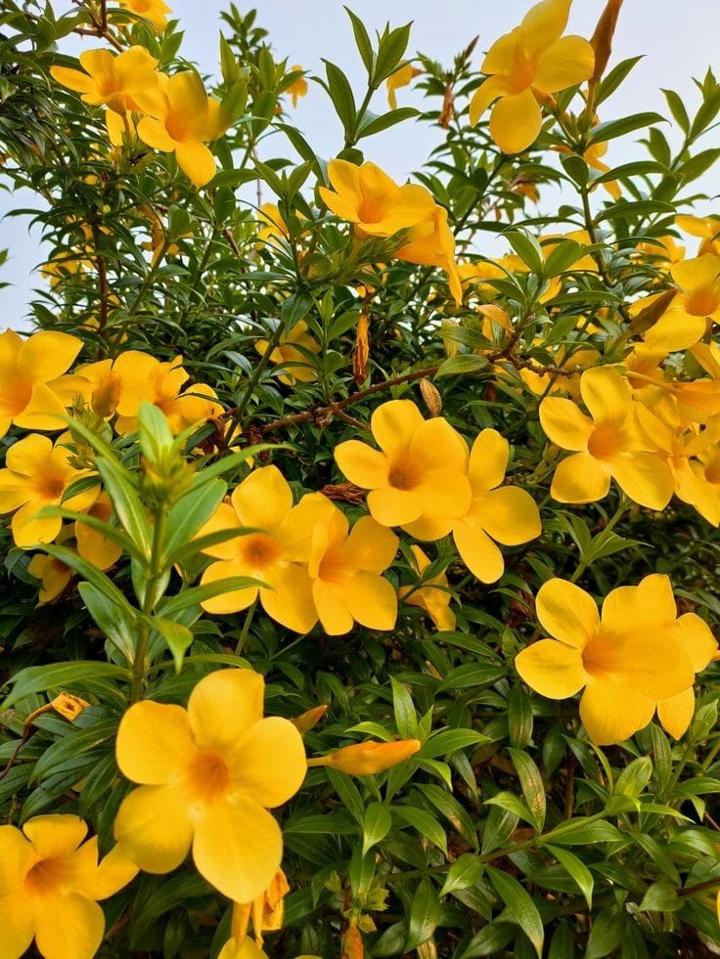
What Are The Different Types Of Mini Allamanda ?
1. Allamanda cathartica 'Compacta'
One of the most common varieties, known for its compact growth and bright yellow flowers.
2. Allamanda schottii 'Compacta'
This variety is similar to Allamanda cathartica 'Compacta' but may have slightly different growth habits and flower characteristics.
3. Allamanda neriifolia 'Compacta'
This variety has narrower leaves than other mini allamanda plants and produces small, delicate yellow flowers.
4. Allamanda schottii 'Hendersonii'
This variety is slightly larger than other mini allamanda plants, but is still considered compact. It has glossy green leaves and blooms bright yellow flowers.

How to Care Mini Allamanda Plant ?
1. Location
The Mini Allamanda plant is usually found in tropical and subtropical regions, especially in its native South America. It grows in warm climates with plenty of sunlight, such as parts of Central and South America, the Caribbean, Southeast Asia, and parts of Africa. In cultivation, it is often grown outdoors as a garden, landscape, or ornamental plant, but it can also be grown indoors in pots or containers in areas where the climate is not suitable for outdoor cultivation. It requires plenty of sunlight and well-drained soil to grow, whether indoors or outdoors.
2. Sunshine
Mini Allamanda plants require plenty of sunlight to grow. Ideally, it should be placed in a location that receives at least 6 to 8 hours of direct sunlight each day. Areas with strong sunlight may benefit from some protection during the hottest parts of the day, especially during the summer. However, lack of sunlight may result in poor growth and fewer flowers. Therefore, it is important to provide sufficient sunlight to promote healthy growth and bright flowers.
3. Soil
Mini Allamanda plants prefer well-drained soils that are rich in organic matter. A suitable potting mix for container-grown plants consists of a combination of peat moss, perlite, and compost. Avoid heavy, waterlogged soils as this can cause root rot. Additionally, mini allamanda plants prefer slightly acidic to neutral soil pH levels ranging from 6.0 to 7.0.
4. Hydration
Mini Allamanda plants require regular watering to keep the soil evenly moist but not soggy. Water the plant during the growing season (usually spring through fall) whenever the top of the soil feels dry. When watering, keep the soil moist enough to drain excess water. During winter or dormancy, water less frequently, allowing the top few inches of soil to dry between waterings.
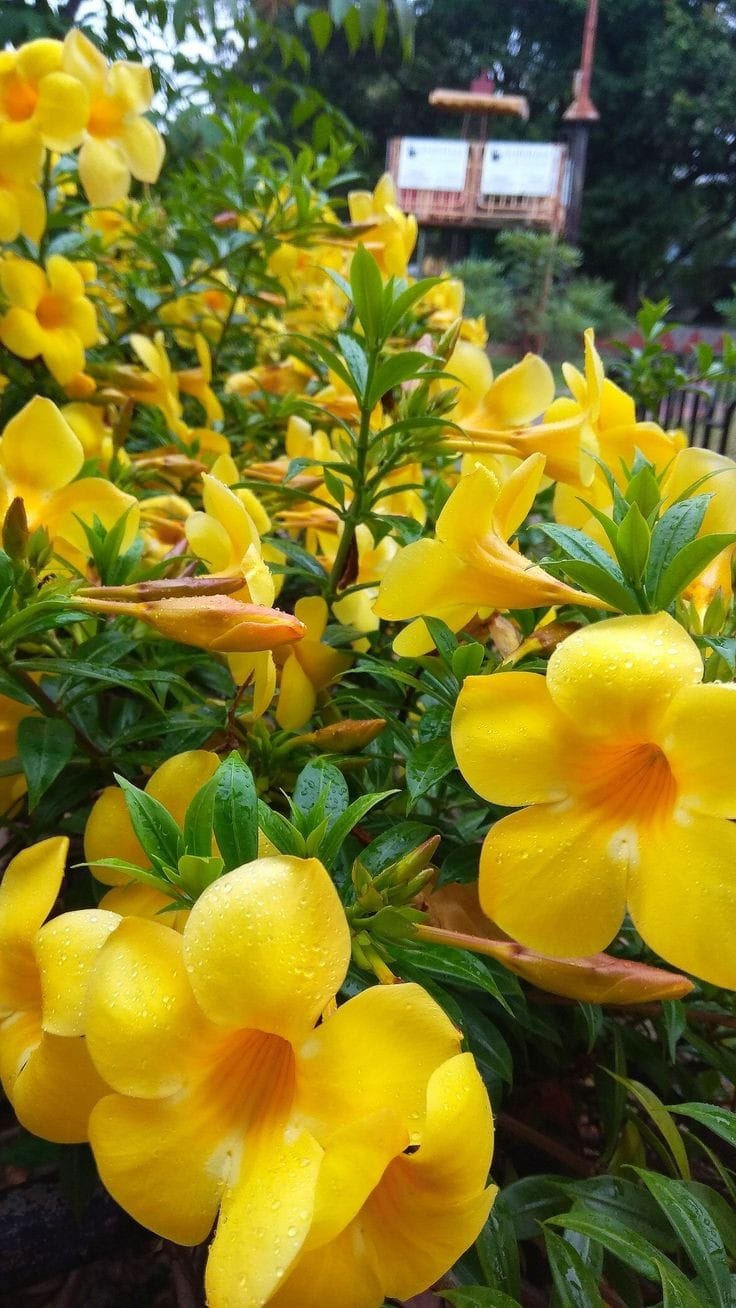
5. Nourishment
Use a balanced, slow-release fertilizer for flowering plants. Fertilize according to the manufacturer's instructions during the growing season (spring through fall), usually every 4 to 6 weeks. Be careful not to give too much fertilizer, as the leaves may grow too long and make it difficult for flowers to bloom. Mini allamanda plants can benefit from micronutrient supplementation, especially when grown in nutrient-poor soils. Consider using fertilizers containing micronutrients such as iron, manganese, and magnesium, or apply micronutrient supplements individually as needed.
6. Issues
Mini allamandas are prone to root rot if over-watered, and may die if under-watered. Make sure the soil drains properly and water only when the top inch of soil feels dry. Common pests include aphids, mealybugs, and whiteflies. Inspect your plants regularly and if you notice pests, wash them with a gentle stream of water or use an insecticidal soap. Mini allamandas can be susceptible to fungal diseases, especially in humid conditions. Provide good air circulation around the plant and avoid overhead watering to prevent fungal growth. Remove affected leaves immediately.
What are the Benefits of Mini Allamanda ?
Mini allamandas produce bright flowers in shades of yellow, gold, or pink that add colour and visual interest to indoor and outdoor spaces. Caring for plants, including mini allamandas, has been proven to reduce stress and promote relaxation. Their presence can create a calm atmosphere at home or at work. Incorporating plants like mini allamandas into indoor spaces can enhance biophilic design, which aims to connect people with nature and improve overall well-being. Allamanda flowers attract bees, butterflies and other pollinators, supporting local ecosystems and biodiversity.
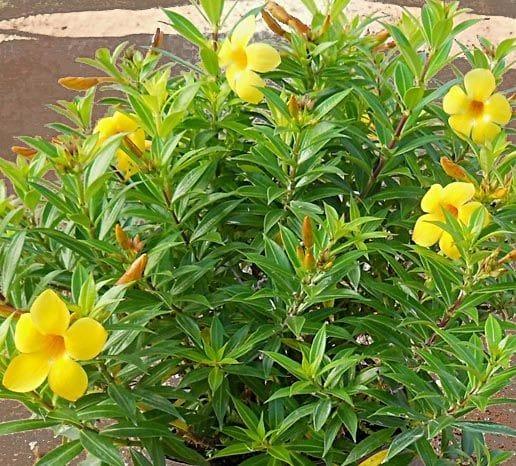
FAQs About Growing Mini Allamanda ?
1. What are the ideal growing conditions for Mini Allamanda plants ?
Requires full sun to partial shade. For optimal growth and flowering, provide at least 4 to 6 hours of direct sunlight per day. Mini allamandas prefer temperatures between 18°C and 29°C. It is sensitive to cold and must be protected from frost.
2. How often should I water my mini allamanda plants ?
Check the moisture content of the soil before watering. Insert your finger into the soil about 1 inch deep. If it feels dry, it's time to water. Typically, mini allamandas prefer watering when the top of the soil feels dry. This can range from once every 2-3 days in the warmer months to once every 5-7 days in the cooler months.
3. How much sunlight does it need ?
Mini allamandas prefer 4 to 6 hours of direct sunlight per day. If you place it in a place that receives plenty of sunlight, it will grow vigorously and bloom more easily. Mini allamandas prefer full sun, but will also tolerate partial shade, especially in hot climates or strong afternoon sun. If you live in an area with scorching summer heat, providing shade in the afternoon can help prevent sunburn on the leaves.
4. Are there any special soil requirements for Mini Allamandas ?
Mini Allamandas prefer well-drained soil to avoid waterlogging that can cause root rot. To improve drainage, use a highly draining potting soil that contains ingredients such as perlite, sand, and vermiculite. Mini allamandas benefit from nutrient-rich soil. You can use a general-purpose potting mix rich in organic matter or a slow-release fertilizer designed specifically for flowering plants.
5. How often should I fertilize the mini allamanda ?
During the growing season (spring and summer), the mini allamanda should be fertilized every 4 to 6 weeks. This ensures a consistent supply of nutrients to support healthy growth and flowering. Use a balanced water-soluble or slow-release fertilizer for flowering plants. Look for a fertilizer with a balanced N-P-K (nitrogen-phosphorous-potassium) ratio, such as: B. 10-10-10 or 20-20-20 to provide the right proportions of important nutrients.


